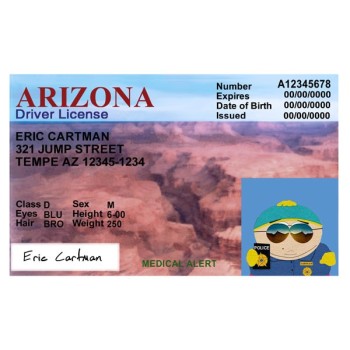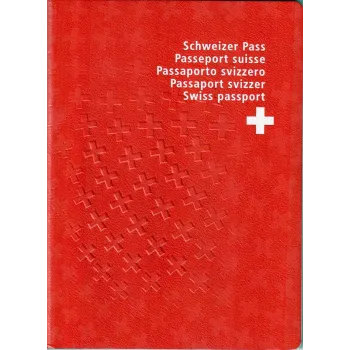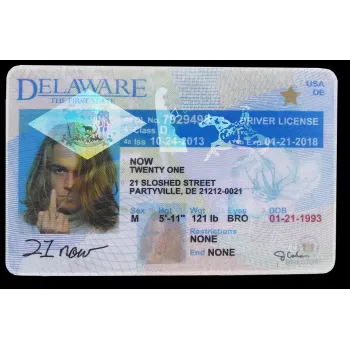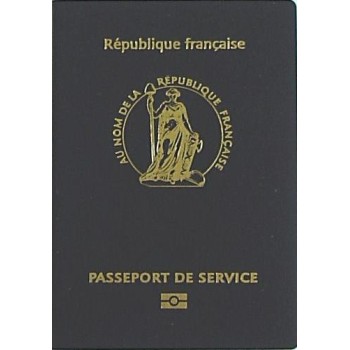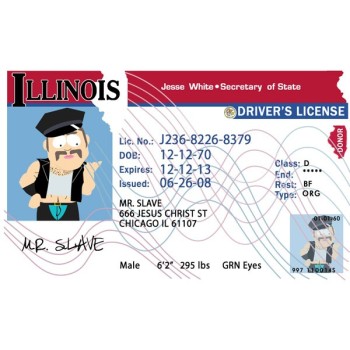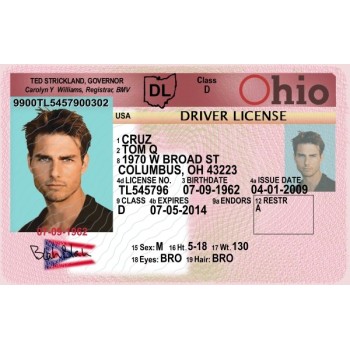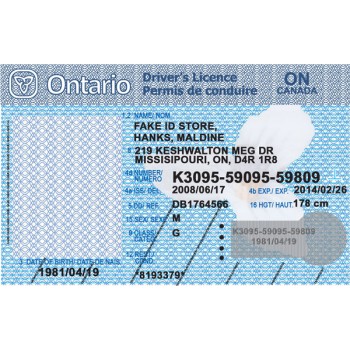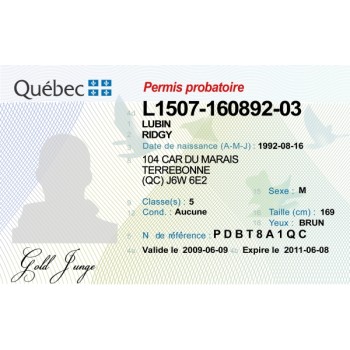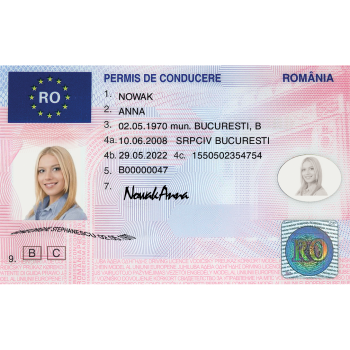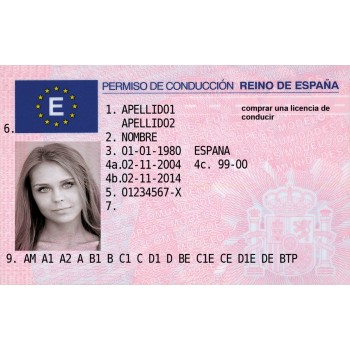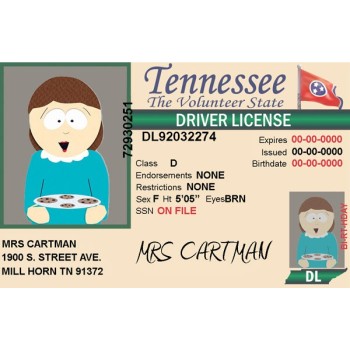Understanding Holograms
Holograms are interference patterns that can be encoded onto a medium to create three-dimensional images or effects. They rely on diffractive optics, which involve structures like diffraction gratings that manipulate light waves (van Renesse & Schouten, 2018). These structures are often microscopically fine and designed to reflect specific wavelengths of light, creating the illusion of depth.
Creating Holograms using Diffraction Gratings
The diffractive gratings serve as significant components that individuals can utilize to create holograms. They consist of an arrangement of regular variations on one's surface that bounce back strong light when encountering strong light (Hecht & Atkins, 2017). Forger creates them using techniques such as:
Laser etching
Individuals that produce counterfeit goods utilize laser beams to create special markings on materials such as polycarbonate or polyester. They position an extremely accurate laser beam on the surface to produce small designs that resemble real holograms (Charrett, 2019). The accuracy of these designs is based on just how well and realistic the counterfeit hologram is.
Photopolymer processing
The second method employs ultraviolet (UV) sensitive special plastics that change color upon exposure to UV sources of light. The counterfeits illuminate laser or mask designs onto them and become hardened into detailed diffraction grating (Ostergard et al., 2016). The method is capable of producing sophisticated holographic components.
Metallization Methods
A real-hologram requires metal coating to get it to glitter. Forgers employ various methods:
Vacuum metallization
It is a process of applying a thin coating of metal, such as gold or aluminum, on a surface through vacuum evaporation (Charrett, 2019). The metal coating on the surface reflects light in a specific manner to enhance the holographic effect.
Using Pearlex Powder
Pearlex powders are metallic colors that can be applied to surfaces in order to make them reflective (Hecht & Atkins, 2017). Manufacturers combine these powders with adhesive and apply them using screen printing or spraying (Hecht & Atkins, 2017). This is not as precise a process as vacuum metallization, but it is less expensive and suitable for producing simple hologram copies.
Use of Gold Paint
Gold paint is a substitute for pearlex powders when creating shiny effects. It contains minute gold particles suspended in a liquid binder that makes it adhesive and simple to apply on ID templates (Charrett, 2019). Forgers apply techniques such as:
Screen printing
The gold coating is applied through screens that have specific designs. This ensures shiny regions to be matched to diffractive gratings.
Painting directly.
Artists employ simple techniques to add thin layers of gold by hand to specific areas of an identification card. Although it is not an exact method, it is effective for achieving shiny appearances (Hecht & Atkins, 2017).
Tools and equipment
Laser cutters
They create precise patterns upon materials, enabling diffraction gratings to be formed. UV curing lamps These lamps utilize photopolymers to solidify specific components of the material. They form the necessary structures (Ostergard et al., 2016). Conclusion People who forge holograms demonstrate not just intelligence, but skill, as well, in matching old secure features that were immune to copying in the past using strange lighting, reflective powders, and gold ink. Since learning about these tricks, we must devise better methods of detecting counterfeiters when checking identification.
References
1. Charrett, S. (2019). *Secrets of a Back-Alley ID Man*. Blackwell Publishing.
2. Hecht, E., & Atkins, H. (2017). *Optics: Principles and Applications*. Springer.
3. Ostergard, A., et al. (2016). Advanced Diffraction Grating Fabrication Techniques. *Journal of Optics*, 48(3), 195-208.
4. van Renesse, R., & Schouten, J. S. (2018). Holographic Data Storage: A Comprehensive Review. *Applied Physics Reviews*, 7(2), 021306.


